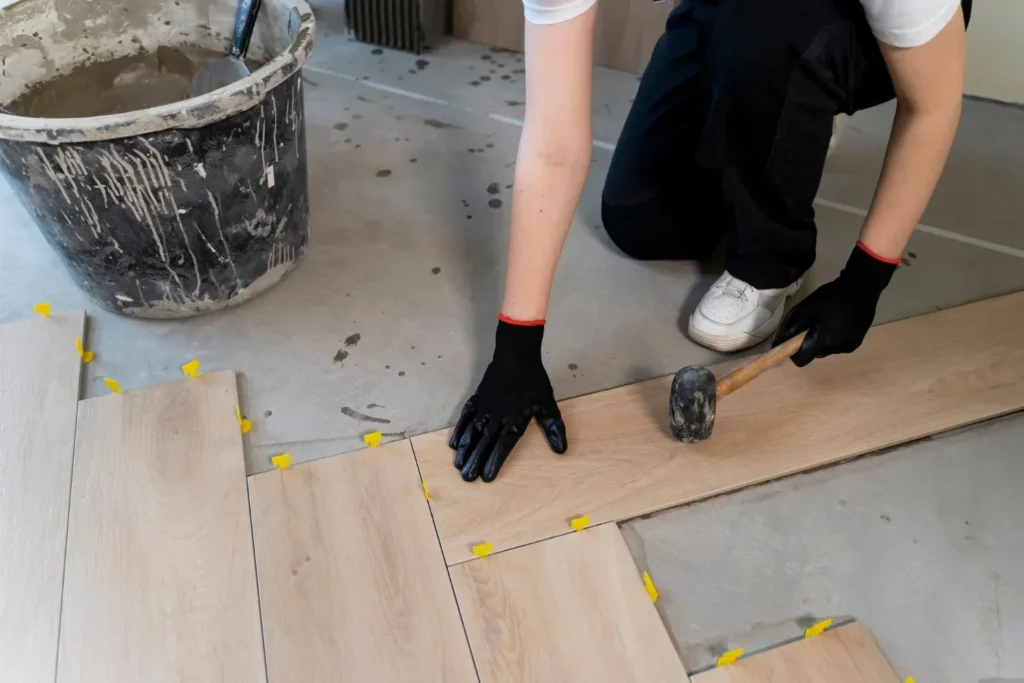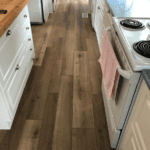When it comes to designing or renovating a space, flooring is often one of the biggest decisions to make. With so many options available, it can be overwhelming to choose the right type of flooring that not only looks great but is also environmentally responsible. That’s where sustainable flooring comes in. Not only does it add a unique and stylish touch to any space, but there are also numerous benefits of sustainable flooring that make it a smart choice for both homeowners and the planet. In this blog post, we’ll explore the top benefits of choosing sustainable flooring for your space.
Defining Sustainable Flooring
Before we delve into the advantages of sustainable flooring, it’s essential to understand what it means. Sustainable flooring refers to options that are produced, installed, maintained, and disposed of with minimal impact on the environment. These floors are designed to have a reduced carbon footprint and contribute positively to the planet’s well-being.
The Importance of Sustainable Choices
The importance of choosing sustainable options, including flooring, cannot be overstated. With climate change, deforestation, and resource depletion on the rise, our choices as consumers play a crucial role in shaping the future. Sustainable flooring is more than just a trend; it’s a responsible choice that helps preserve the planet’s resources.
Why Choose Sustainable Flooring
Sustainable flooring offers a myriad of advantages that go beyond environmental responsibility. Let’s explore why choosing eco-friendly options is a smart decision.

The Environmental Impact of Traditional Flooring
Traditional flooring materials, such as non-renewable hardwoods and synthetic carpets, can have a substantial negative impact on the environment. The extraction and manufacturing processes of these materials often involve deforestation, heavy energy consumption, and harmful emissions.
Health Benefits of Eco-Friendly Flooring
Sustainable flooring options are generally healthier for you and your family. They have lower levels of volatile organic compounds (VOCs) and are less likely to emit harmful chemicals into your indoor air. This contributes to improved indoor air quality and, in turn, better respiratory health.
The Long-Term Cost Savings
While the initial cost of sustainable flooring may be slightly higher than some traditional options, it’s essential to consider the long-term savings. Eco-friendly floors are known for their durability and longevity, which can save you money on replacements and refinishing in the years to come.
Supporting Sustainable Practices
By choosing sustainable flooring, you’re supporting responsible sourcing and manufacturing practices. Many eco-friendly flooring options come from well-managed forests, and the production processes are designed to minimize waste and energy consumption.
Types of Sustainable Flooring
Sustainable flooring is a diverse world, offering an array of options to cater to different tastes and environmental concerns. Here, we’ll explore some of the most popular and eco-friendly choices available.
Hardwood Flooring
Hardwood flooring, when sourced sustainably, is a timeless and elegant choice. However, not all hardwood is created equal in terms of sustainability. Look for certifications like FSC (Forest Stewardship Council) that ensure the wood comes from responsibly managed forests.
Origin Wide Plank’s Sustainable Hardwood Options
At Origin Wide Plank, we’re committed to offering hardwood options that meet the highest sustainability standards. Our hardwood floors are sourced from well-managed forests, ensuring that your choice is not only beautiful but also environmentally responsible.
Bamboo Flooring
Bamboo is a rapidly renewable resource, making it a top choice for sustainable flooring. It’s as durable as many hardwoods and offers a unique, contemporary look. Bamboo reaches maturity in just a few years, which means that its harvest doesn’t contribute to deforestation.
Cork Flooring
Cork is harvested from the bark of cork oak trees, and it regenerates over time. This means that cork flooring is both eco-friendly and renewable. Its natural resilience and comfortable underfoot feel make it an excellent choice for many spaces in your home.
Recycled and Reclaimed Wood Flooring
Recycled and reclaimed wood flooring offers a second life to wood that would otherwise be discarded. Old barn wood, shipping pallets, or even salvaged timbers can be repurposed into stunning and eco-friendly flooring options, each with a unique history and character.
Linoleum and Marmoleum Flooring
Linoleum, a time-tested classic, is made from natural materials like linseed oil, pine resin, and cork powder. Marmoleum is a modern take on linoleum, offering a wide range of colors and patterns while maintaining its eco-friendly characteristics. Both are biodegradable and low in VOC emissions.
Sustainable Carpet Options
For those who prefer the comfort of carpet, sustainable options are available. Look for carpets made from natural fibers like wool or jute, as well as those with recycled content. Sustainable carpets come in various styles and colors, providing both elegance and a green approach to flooring.
Eco-Friendly Flooring Attributes
Sustainable flooring goes beyond just the materials used; it’s about a range of attributes that collectively make a flooring choice truly eco-friendly. Here, we’ll delve into the key characteristics that define sustainable flooring options.

Low VOC and Formaldehyde-Free
Volatile Organic Compounds (VOCs) and formaldehyde are common culprits in indoor air pollution. Sustainable flooring options are designed to emit low or no VOCs and be formaldehyde-free. This contributes to better indoor air quality, reducing health risks and creating a safer living environment for you and your family.
Renewable and Recyclable Materials
Sustainable flooring often features materials that are renewable and recyclable. This means that the resources used are continuously replenished. For example, bamboo regenerates quickly, while cork comes from the bark of cork oak trees, which regrows over time. Additionally, sustainable flooring materials can be recycled at the end of their lifecycle, reducing waste and resource consumption.
Responsible Sourcing and Certifications
Responsible sourcing ensures that the raw materials used in sustainable flooring are harvested or manufactured with minimal impact on the environment. Look for certifications like FSC (Forest Stewardship Council), which ensures that wood products come from responsibly managed forests. Similarly, the Cradle to Cradle certification assesses products for environmental and social responsibility throughout their lifecycle.
Energy-Efficient Manufacturing
Eco-friendly flooring is often produced using energy-efficient methods. This not only reduces the carbon footprint of the manufacturing process but also conserves valuable energy resources. Sustainable manufacturers may use technologies and processes that minimize waste and emissions.
Longevity and Durability
Sustainable flooring is built to last. These options are known for their durability and longevity, meaning they won’t need to be replaced as frequently as less sustainable alternatives. This not only saves you money in the long run but also reduces the environmental impact of manufacturing and disposing of flooring materials.
Installation and Maintenance
Choosing sustainable flooring is a commendable step toward an eco-friendly home, but the journey doesn’t end with the selection of the material. Proper installation and maintenance are crucial to ensure your eco-conscious flooring remains in top condition while continuing to benefit the environment.
Professional Installation of Sustainable Flooring
Sustainable flooring, like any other type, requires professional installation. While some DIY enthusiasts may be tempted to handle the installation themselves, the expertise of a professional is invaluable. Skilled installers are trained to work with the specific characteristics of eco-friendly flooring materials, ensuring a seamless and enduring result.
Routine Maintenance and Cleaning
Maintaining your sustainable flooring is a straightforward process. Regular cleaning, such as sweeping or vacuuming, keeps the surface free of dust and debris. Using a microfiber mop and a mild eco-friendly cleaning solution is suitable for most sustainable floors. Avoid using harsh chemicals or excessive water, as these can damage the material or its finish.

Dealing with Stains and Spills
Eco-friendly flooring is designed to be stain-resistant, but accidents can happen. It’s essential to address spills promptly. Blot the affected area with a clean, dry cloth to absorb the liquid. Avoid harsh chemicals or abrasive cleaning materials, as they can damage the finish. Instead, use a manufacturer-recommended stain remover for specific stains, and always follow their guidelines.
Refinishing and Restoring Eco-Friendly Floors
Over time, even the most durable sustainable flooring may show signs of wear. The good news is that many sustainable floors can be refinished to restore their original beauty. The frequency of refinishing depends on the wear and tear, but it’s a cost-effective and environmentally responsible way to extend the life of your floors.
Eco-Friendly Underlay and Adhesives
The underlay and adhesives used during installation play a significant role in ensuring the eco-friendliness of your flooring. Eco-friendly underlay is made from recycled materials and can enhance your floor’s insulation and comfort. Additionally, using low-VOC adhesives is crucial to maintaining healthy indoor air quality.
Choosing the Right Sustainable Flooring
Selecting the right sustainable flooring for your home is a significant decision. It involves a blend of considerations that balance your design preferences, budget, and environmental values. Here’s how to navigate the process effectively.
Assessing Your Interior Design Goals
The first step in choosing sustainable flooring is to assess your interior design goals. Consider the style and ambiance you want to create in each room. Think about the visual impact, color palettes, and textures that align with your vision. Sustainable flooring options come in a variety of styles, from rustic to modern, ensuring you can achieve your design goals while being eco-conscious.
Budget Considerations
Sustainable flooring choices span a wide range of price points. While some options may have a higher upfront cost, it’s essential to consider the long-term savings. Sustainable flooring is known for its durability, which means it will require fewer replacements and refinishing over the years. Evaluate your budget not only for the initial purchase but also for the flooring’s lifecycle cost.
Balancing Aesthetics and Sustainability
Balancing aesthetics and sustainability is a critical aspect of your decision-making process. Fortunately, with the vast array of eco-friendly flooring options available today, you don’t have to compromise on style for the sake of sustainability. Whether you prefer the warmth of natural wood, the contemporary look of bamboo, or the unique character of reclaimed materials, there’s an option that aligns with your aesthetic preferences.
Eco-Friendly Flooring Consultations
If you’re unsure about which sustainable flooring option is best for your home, consider consulting with eco-friendly flooring experts. They can provide valuable insights into the attributes of different materials, helping you make an informed decision. These experts understand the importance of sustainability and can guide you through the selection process, taking into account your design goals, budget, and the environmental impact of your choice.
Conclusion
Sustainable flooring is a powerful choice that transcends mere aesthetics. It not only provides enduring beauty but also makes a lasting impact on the environment. By opting for eco-friendly flooring, you’re making a commitment to a greener future where responsible design and sustainability go hand in hand.
Origin Wide Plank‘s unwavering dedication to sustainability ensures that your choice isn’t just about aesthetics; it’s a conscious decision to reduce your environmental footprint. With a wide range of eco-friendly flooring options, you have the opportunity to transform your living space into a haven of elegance that’s in harmony with the planet.










